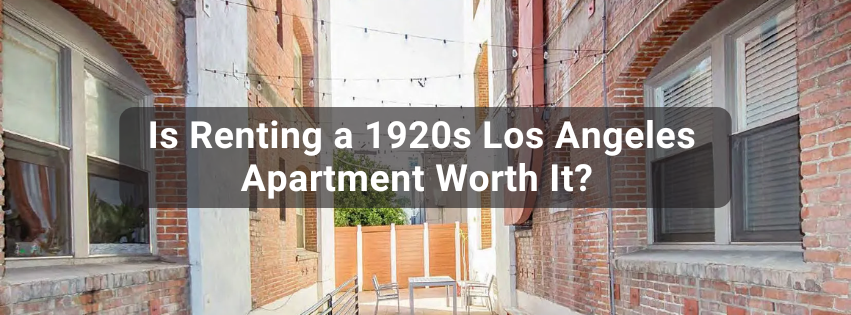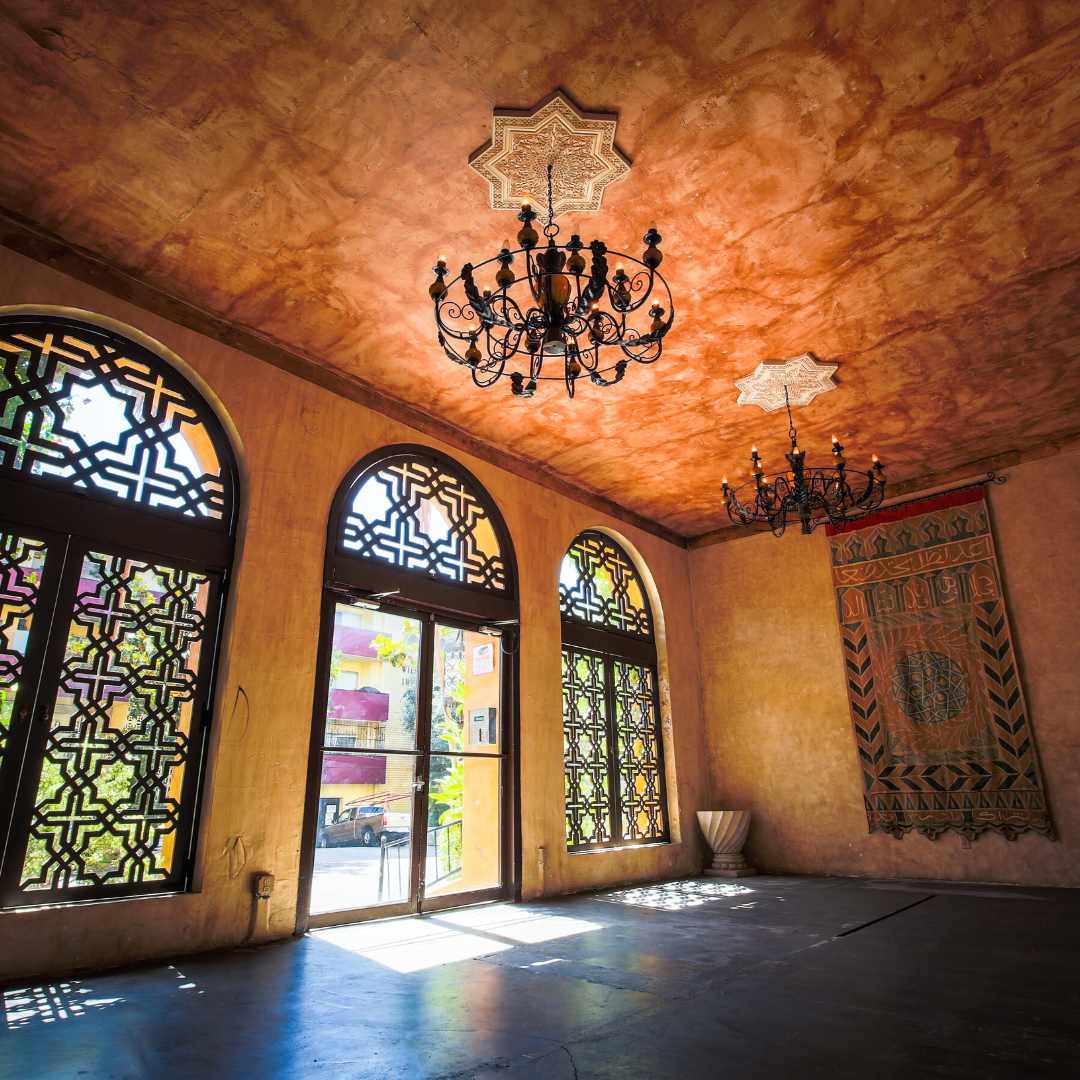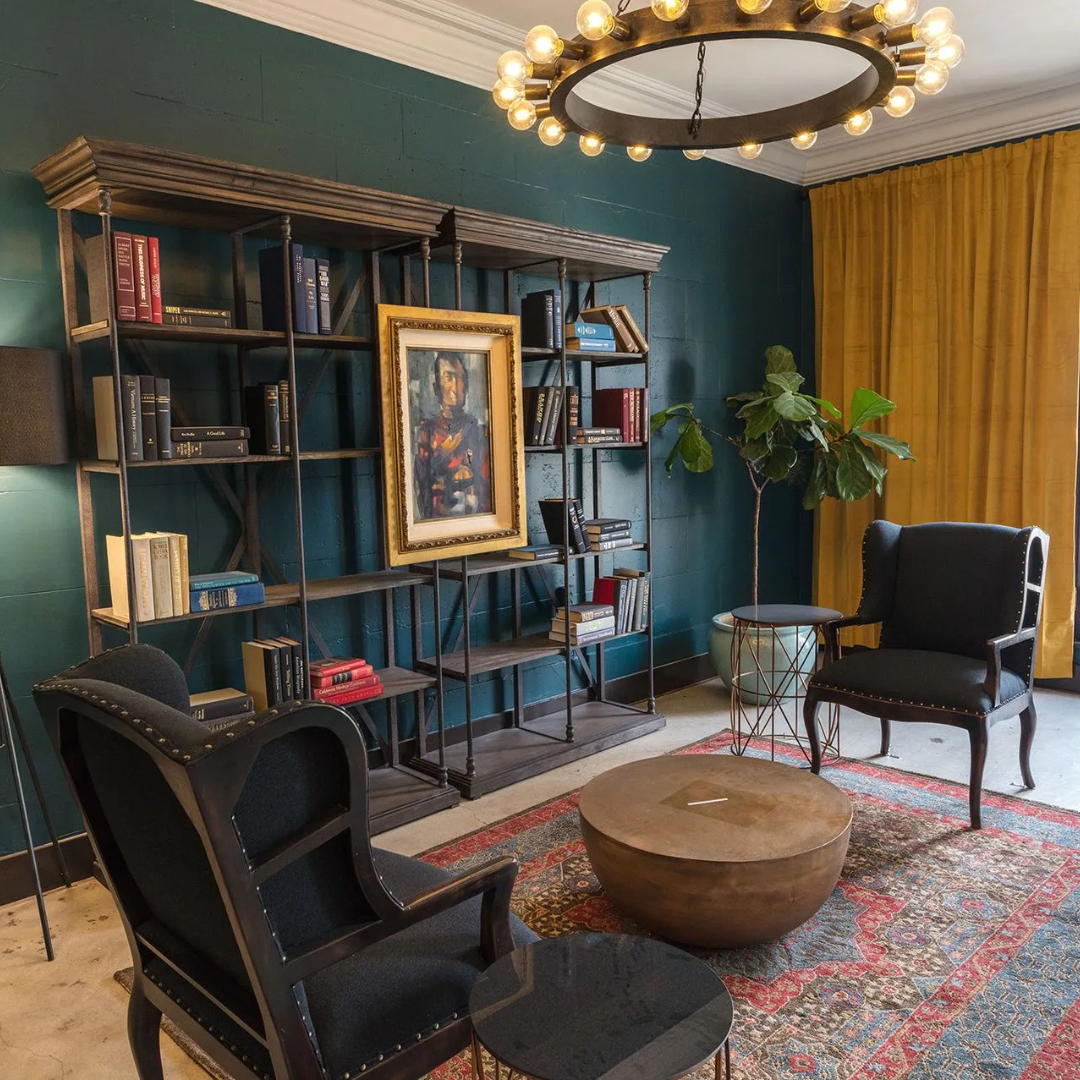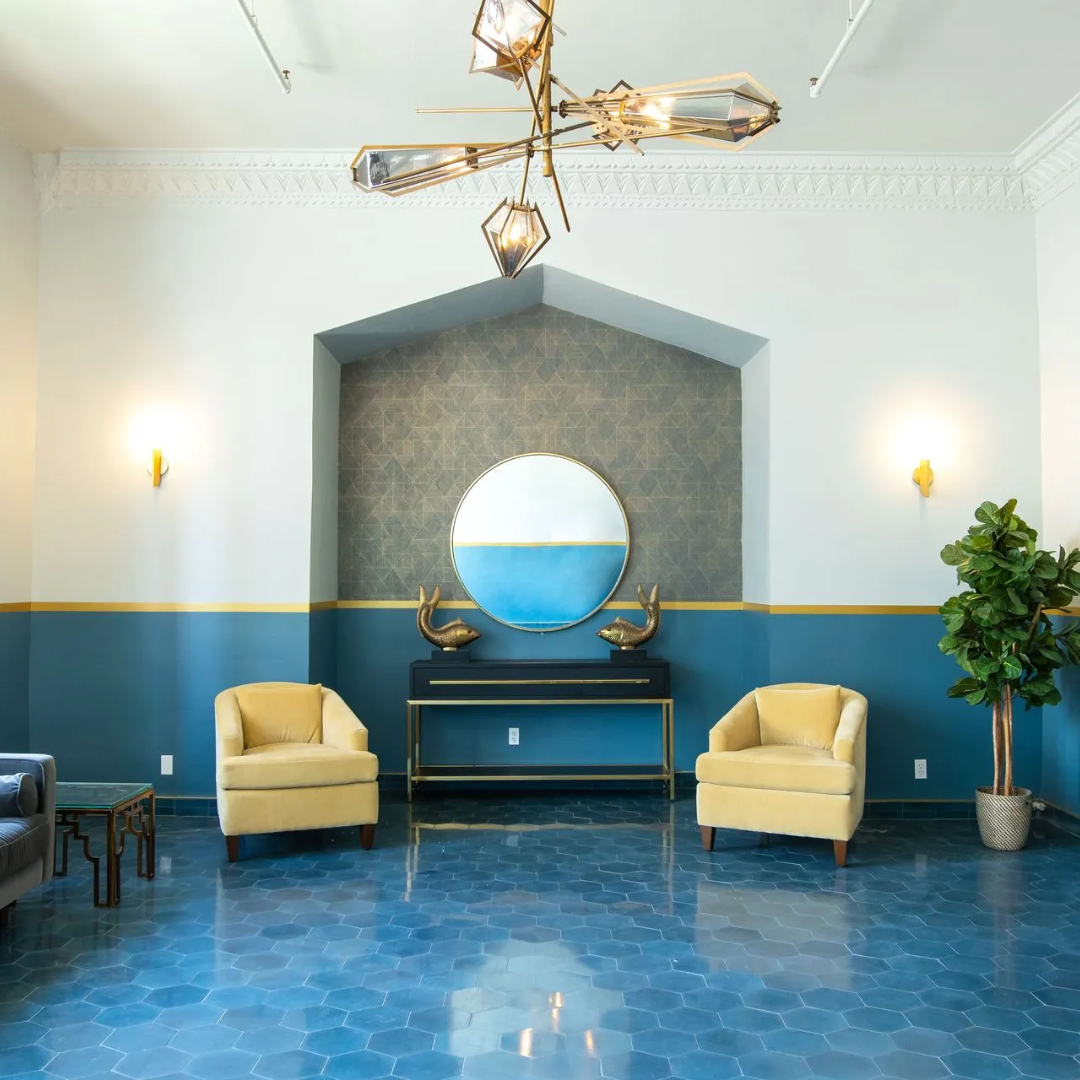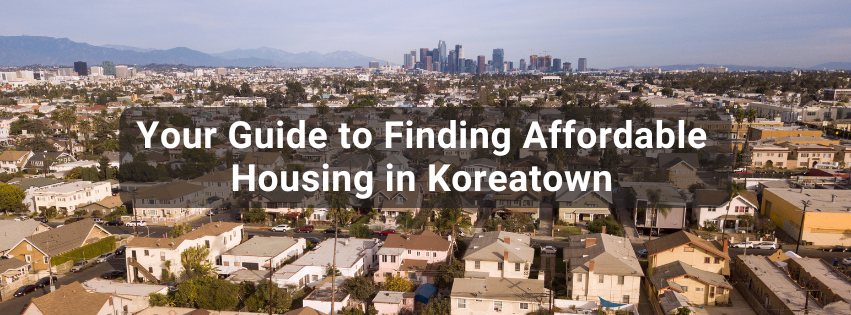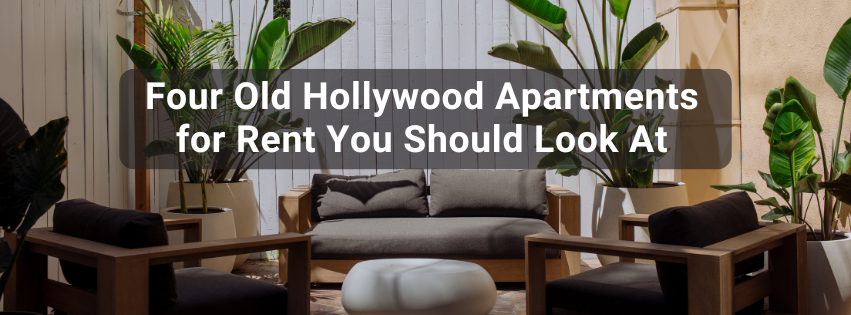If you're drawn to the allure of the timeless architecture that 1920s Los Angeles apartments have, you’ve got great taste! The roaring ’20s were a golden age of design, and these spaces still triumph over newer developments in charm, community, and location.
However, as much as we love romanticizing the past, renting one of these gems does come with a few trade-offs. So the real question is: Is it worth exchanging modern conveniences for vintage charm?
In this article, join the
Urban LA Living team as we explore why a 1920s apartment might just be your next dream home (and what to expect before you sign that lease).
Let’s get started!
Reasons Why Renting in a 1920s Apartment Is Worth It
Better location and community
One of the biggest perks of living in a 1920s Los Angeles apartment isn’t just what’s inside — it’s where life happens in the morning, throughout the day, and well after dark.
These apartments are often tucked into some of the city’s most established
neighborhoods that newer developments can’t match quite yet. You're usually just steps away from restaurants, cafés,
public transit, and cultural spots that make day-to-day life feel connected and convenient.
Beyond the prime location, there’s often a real sense of community. Older buildings tend to have long-standing residents and a certain rhythm to daily life that feels comforting. It’s not unusual to know your neighbors, recognize familiar faces in the hallway, or chat with someone over coffee in the courtyard.
Take ULA’s
The Amor as a perfect example of a killer location — one of our legitimate 1920s apartments in Los Angeles for rent. It’s tucked just below the Hollywood Hills, giving you that iconic vibe without the hassle, all while sitting comfortably in a peaceful, quiet neighborhood.
The Amor is the spot that offers the best of both worlds: easy access to the urban hustle and bustle while providing a calm place to come home to.
Unique charm and character
More bang for your buck
Lastly, 1920s apartments often give you more value for your money.
Rent is typically lower than what you’d pay for a shiny new high-rise, but you’re not sacrificing on space or location. In many cases, you’re getting both: a roomy, character-filled unit in a neighborhood that’s close to almost everything.
Many older apartments have also been thoughtfully updated, like ours. Our vintage apartment units at
Casa California,
Koreatown strike that sweet spot between vintage charm and modern convenience. Just look at this photo — isn’t it so cool to live in?
Recently modernized apartments also touch up on storage space. You might find walk-in closets, built-ins, updated appliances, and redesigned layouts that make everyday living feel a bit more convenient.
Furthermore, if your unit doesn’t come with what you need for a better quality of life, chances are you’re just a quick 5 to 10-minute walk away from that amenity.
The Tradeoffs of Living in a 1920’s Los Angeles Apartment
Maintenance and infrastructure issues
While 1920s Los Angeles apartments offer charm and character in spades, they do come with a few quirks worth considering.
Aging infrastructure is a
common issue these apartments have. Plumbing, electrical systems, and heating setups may not have kept pace with the times. We call these issues “wrinkles” of the apartment. Believe it or not air conditioning did not come standard in the 1920’s, window or portable units will have to do.
Lack of Modern Amenities
Living in a 1920s Los Angeles apartment is great, but things like in-unit laundry, central air conditioning, dishwashers, or even dedicated parking spots aren’t always part of the package.
Furthermore, while most of these amenities are usually just a short walk away, there’s no denying how nice it is to have them right at home.
Layouts can also be a dealbreaker since they reflect the lifestyle of a different era. Kitchens tend to be bigger and with more storage, and bathrooms might feel more cramped than what you’re used to.
Original fixtures may have that vintage charm, but they’re not always the most practical for modern living. On top of that, if the building is historically protected, making upgrades or personalizing your space might be limited due to strict preservation rules.
Plus,
vintage buildings aren’t energy efficient. Heating and cooling, for instance, can be a bit of a mixed bag. Many units still rely on older radiator systems, which aren’t cost-efficient, and central AC is rare. If there’s AC, it’s often been added later and might not cool the whole space evenly.
Drafty windows and thin insulation can mean higher utility bills, which can be a bit of a tradeoff for the savings you get from lower rent. Even access can be an issue, especially in walk-ups or buildings with older elevators that weren’t built with accessibility in mind.
Other things to keep in mind: parking is often limited or street-based, and it’s highly likely that laundry may be communal or just a few blocks away from the building. Finding an LA apartment with parking can be challenging, and vintage LA apartment buildings are no exception.
Explore 1920s Apartments in Los Angeles for Rent
If you’re still feeling the call to live in a historic apartment here in Los Angeles we have some of the most beautiful apartments around. We’d love for you to visit our Available Apartments page to see if there’s a unit that suits your style.
Should I Rent a 1920’s Los Angeles Apartment?
Choosing to rent a 1920s Los Angeles apartment really comes down to what you value most in a living space. If historic charm, unique architecture, and the appeal of walkable, established neighborhoods speak to you, these apartments can feel like a hidden gem.
They often offer more space and character for a lower price than flashy new builds—plus, there’s something special about coming home to a place with real history. That said, older buildings come with their own set of trade-offs.
In the end, it’s all about balance. Urban LA Living offers both modern comforts and vintage charm with our available units.
Contact us today to schedule a showing of our furnished and
unfurnished apartments across
Downtown LA,
Hollywood, and
Koreatown.


